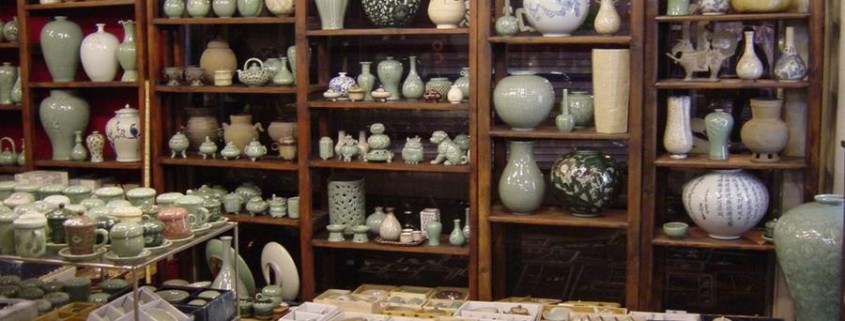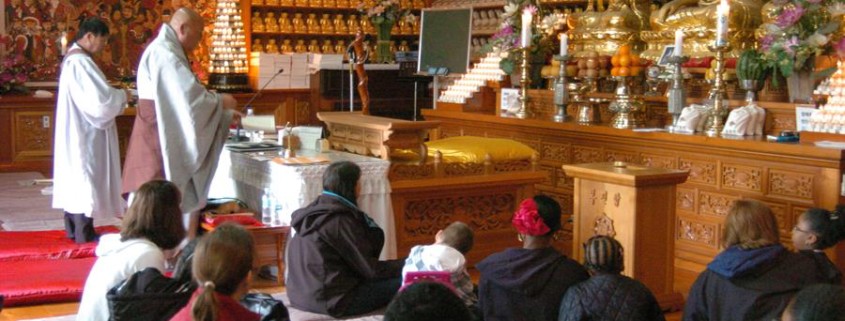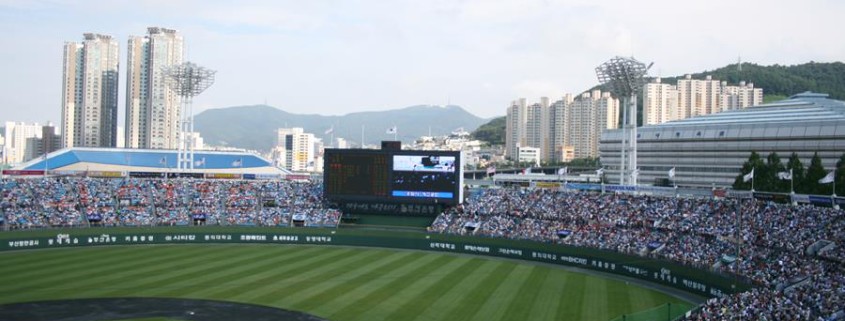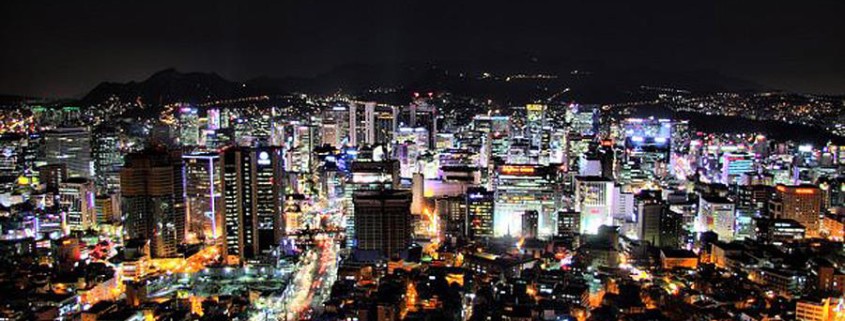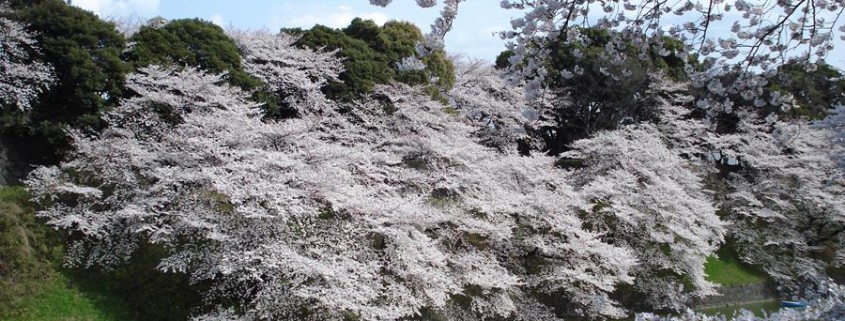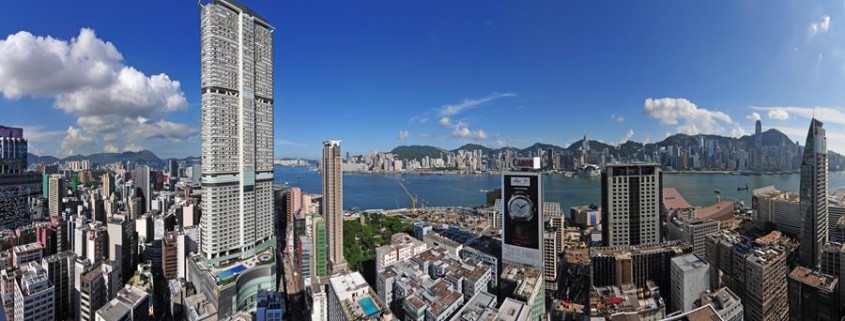a Korean Baseball game
“More intense than a playoff game at Yankee Stadium” was one of my many thoughts as I observed a packed Jamsil Stadium of 27,500 fans cheering on their teams during a close game (3-2) between the LG Twins of Seoul and Samsung Lions of Daegu last month, with the Lions coming out on top.
Korean baseball has grown in popularity a great deal over the past few years, and judging by the unbridled enthusiasm of the fans, excitement for this sport is not dwindling anytime soon.
Korea Baseball Championship (also referred to as Korea Professional Baseball) was founded in 1982 with six franchise teams and has since grown to eight. All teams are named after the Korean company that owns them – Doosan Bears (Seoul), LG Twins (Seoul), Nexen Heroes (Seoul), Lotte Giants (Busan), Kia Tigers (Gwangju), Samsung Lions (Daegu), Hanwha Eagles (Daejeon), Nexen Heroes (Seoul) and SK Wyverns (Incheon) are the current teams.
In terms of popularity, all teams have a decent following but while taking an informal poll of my students’ preference, the Bears, Tigers, Lions and Twins are most often mentioned as being their favorite. All four teams also happen to have been part of the original group when the league was started 30 years ago. The Kia Tigers (formerly Haitai Tigers) have been the most successful team thus far – winning 10 championships to date. And next season, the NC Dinos of Changwon will be added as the ninth team.
Currently, each team plays 133 games in the regular season, playing every other team 19 times. Each team has a stadium in their home city – the largest being Sajik Baseball Stadium, home to the Lotte Giants in Busan with a capacity of 28,500.
Interestingly, the league places a cap on the number of foreign players allowed on club rosters, currently set at two allowed per team.
In order to prepare for a Korean baseball game, it takes some effort. Here are a few tips to get you ahead of the curve.
Tickets
As a foreigner, I found it pretty difficult to get tickets. Most team websites are in Korean without an English option (except Doosan). It appeared the only three ways to buy tickets were at an ATM (Family Mart or GS), over the phone (in Korean) or at the stadium itself, with limited hours.
After asking my Korean co-teacher for help, it turns out you can buy tickets online but need a Korean credit card. The only seats available were the cheap ones (8,000 won!) in the outfield bleachers, and she was kind enough to purchase mine for me.
When our group of four arrived at Jamsil, with tickets in hand, turns out we had shown up too late for a seat. Korean families and couples had clearly been camped out for hours, enjoying their picnics in the shaded sun. We walked the entire section, from left to right field, twice, only to discover there were just a few single seats left.
The reserved seats also happened to be sold-out. So, our last resort was buying from a scalper. Which we did, from in 80-year-old ajumma, selling four seats together, in the visiting team’s section, for 5,000 Won more than the face value. We agreed immediately since it meant sitting together, comfortably, for the next three hours.
For a stress-free arrival, I recommend finding a friend with a Korean credit card and trying to get reserved seats online before the game. Or if you are willing to show up at the stadium without seats, finding a scalper works too – if only for the story (ours was hilarious!) Just make sure to brush up on your Korean number vocabulary before negotiating.
Food/Drinks
Unlike most professional sports in the United States, food and drinks at Korean baseball games are very affordable. Fans are allowed to bring in any outside food of their choosing, which can be brought from home in coolers or bought outside the stadium, no questions posed by stadium security.
The choices are endless – ranging from Korean food (a wide variety of kimbop, rice cakes, fish chips) to Western options (KFC, Dunkin Donuts, Burger King and many GS marts are found surrounding Jamsil). Water, beer and other beverages are also sold without mark-up (unheard of in the U.S.).
My favorite part may have been the delivery bikes, that drive in from all over the city, lined up with loads of boxes of fried chicken, each costing just 10,000 Won.
And if you don’t pack enough to bring into the game, there are food and drink options inside the stadium, as well. Cass on-tap is 2,500 for a sizeable glass and most of the time, you don’t even have to leave your seat to enjoy it, as the “beer guy” comes to you, uniformed in a chilled beer backpack.
Chants/Cheers
First of all, if you want to fit in as a real Korean baseball fan, purchase your chosen team’s thundersticks (colored, plastic air-filled bats) before the game; they sold in the subway station and outside the stadium for a mere 1,000 Won. Over half the stadium – men, women and children – used them to cheer on the Lions and Twins throughout the game. When hit just hard enough at the right spot, the sound can be deafening.
Each team also has cheerleaders and a mascot posted on each dugout – there are drums, signs in both English and Korean (one said “Save Us” towards the end of the game when the Lions were leading) and music to get the fans as involved as possible.
Songs heard throughout the game included “It’s a Small World,” Culture Club’s “Karma Chameleon,” “Hey Jude” by the Beatles, and Queen’s “We Will Rock You.”
One of the more common chants throughout the game was “Anta!” (meaning, “hit!”), followed by the player’s name. And “Home Run!” was also heard in unison. And try to learn some Hangeul before the game because the cheerleaders often hold signs up with each players’ names to be chanted.
With Korean baseball, it seems to be all about the preparations – getting tickets, arriving early, buying food and beer to last during the game. Then once at the game, you can settled in – with your team’s thundersticks – and have a good time yelling and cheering for a win.
The high-level of energy is sustained throughout the entire game, which may be the most impressive thing about it all. The fans just don’t tire. There was never a lull in action.
The most exciting moment, though, was in the seventh inning when the Lions scored three runs by putting together a few consecutive hits. Then there was a double play that caused the fans to go wild. Maybe one of the loudest moments I’ve experienced watching sports, ever.
I highly recommend a game that starts around 5pm because you get the last of the sun but still get to enjoy the lights coming on for a night game which always makes a baseball game that much more of a blast.
Whether you’re a sports fan or not, attending a Korean baseball game is well worth it.
…brought to you by the Adventure Teaching…

